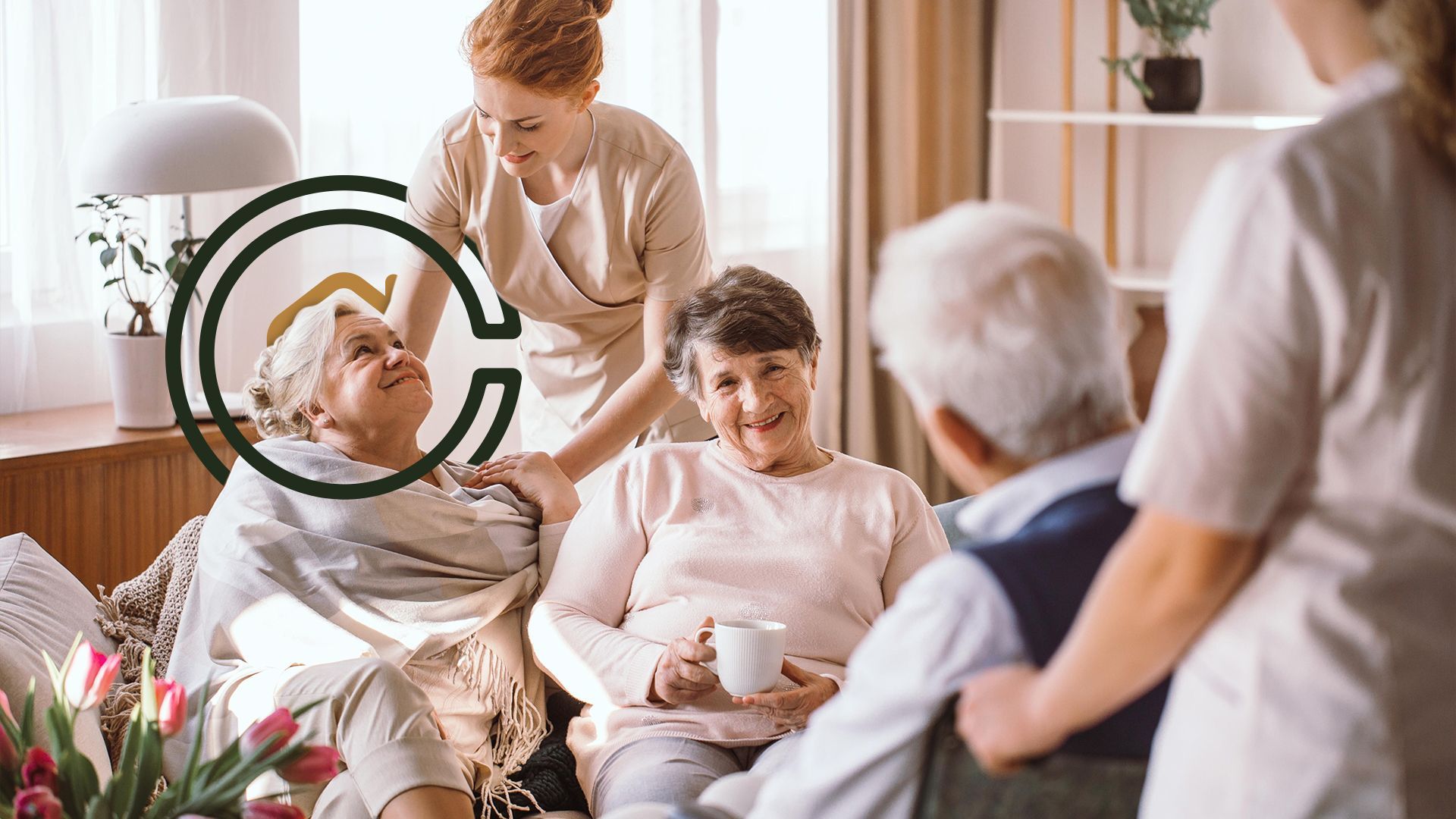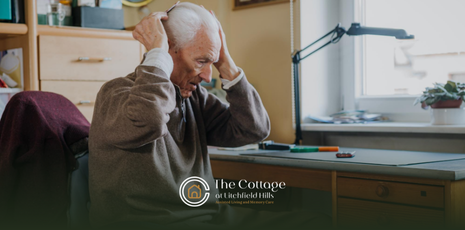Preventing Falls in Seniors: Safety Tips & Best Practices

Key Highlights
- Falls are a leading cause of injury among seniors, but many can be prevented.
- Home safety modifications significantly reduce the risk of falls.
- Regular exercise and balance training improve strength and stability.
- Proper footwear, assistive devices, and vision care support fall prevention.
- Consistent monitoring, education, and caregiver support enhance safety.
Falls are a serious concern for older adults. According to the Centers for Disease Control and Prevention (CDC), one in four seniors aged 65 and older falls each year. These falls can lead to serious injuries, reduced mobility, and decreased independence.
Preventing falls requires a combination of home safety improvements, lifestyle adjustments, and proactive healthcare measures. Below are effective strategies and best practices for keeping seniors safe.
Falls in Seniors: Understanding the Risks
Before implementing prevention strategies, it’s important to understand the factors that increase fall risk in seniors. Common risks include:
- Muscle weakness and balance problems: Reduced strength affects stability.
- Medication side effects: Dizziness or drowsiness can increase fall risk.
- Vision or hearing impairments: Difficulty seeing obstacles or hearing hazards.
- Chronic health conditions: Diabetes, arthritis, or heart issues can impact mobility.
- Environmental hazards: Clutter, loose rugs, poor lighting, or slippery floors.
Recognizing these risks allows caregivers and families to target interventions effectively.
Home Safety Modifications
Creating a safe home environment is one of the most effective ways to prevent falls. Key modifications include:
- Remove tripping hazards: Clear pathways, secure loose rugs, and remove clutter.
- Install grab bars and handrails: Especially in bathrooms, stairways, and hallways.
- Improve lighting: Use bright, even lighting and nightlights in hallways and bathrooms.
- Use non-slip surfaces: Add non-slip mats in bathrooms and kitchens.
- Organize frequently used items: Keep essentials within easy reach to avoid stretching or climbing.
Sample Home Safety Checklist Table:
| Area | Safety Tip | Implementation Example |
|---|---|---|
| Bathroom | Install grab bars and non-slip mats | Place next to shower, tub, and toilet |
| Stairways | Add handrails and improve lighting | Ensure lighting is consistent, use motion-sensor lights |
| Living Room | Clear pathways, secure loose rugs | Tape down rugs, remove clutter |
| Kitchen | Keep floors dry, organize frequently used items | Use non-slip mats, store items at waist height |
| Bedroom | Ensure clear path to bathroom, use nightlight | Place nightlight near bed and hallway |
Promote Regular Exercise
Physical activity strengthens muscles, improves balance, and enhances coordination—key factors in fall prevention. Recommended exercises for seniors include:
- Strength training: Resistance bands or light weights to improve muscle tone.
- Balance exercises: Tai Chi, yoga, or simple heel-to-toe walking.
- Flexibility exercises: Stretching to maintain joint mobility.
- Endurance activities: Walking or stationary cycling to boost overall fitness.
A consistent exercise routine reduces fall risk while improving overall health and confidence.
Ensure Proper Footwear
Footwear can have a major impact on balance and stability. Tips for seniors include:
- Wear shoes with non-slip soles and low heels.
- Avoid slippers, flip-flops, or worn-out shoes.
- Ensure shoes fit well—too loose or tight can cause tripping.
- Consider shoes with ankle support or orthotics for added stability.
Foot care is also important; regular checkups can prevent foot pain or deformities that increase fall risk.
Use Assistive Devices
For seniors with mobility challenges, assistive devices can enhance safety:
- Canes or walkers: Provide support and improve stability.
- Handrails: Essential for stairs and bathrooms.
- Wheelchairs or mobility scooters: For those with significant mobility limitations.
Proper training on device use is crucial. A physical therapist can assess needs and demonstrate correct techniques.
Monitor Medications
Certain medications can contribute to dizziness or imbalance. Steps to reduce risk include:
- Review medications regularly: Consult healthcare providers about side effects.
- Adjust dosages if necessary: Only under physician guidance.
- Limit medications that cause sedation or hypotension when possible.
- Coordinate with pharmacists to check for drug interactions.
Medication management ensures safety without compromising overall health.
Regular Health Checkups
Preventing falls is not just about the environment—it also involves proactive healthcare:
- Vision exams: Corrective lenses and regular eye checkups improve depth perception.
- Hearing tests: Good hearing helps detect hazards.
- Bone health assessments: Osteoporosis increases fracture risk from falls.
- Chronic condition management: Control blood pressure, diabetes, and heart disease to reduce fall risk.
Regular checkups allow early detection of issues that could increase vulnerability to falls.
Educate and Engage Caregivers
Caregivers play a vital role in fall prevention. Tips for effective support include:
- Learn safe transfer techniques and proper lifting methods.
- Encourage seniors to follow safety protocols without creating anxiety.
- Monitor for signs of dizziness, fatigue, or instability.
- Maintain open communication about concerns and changes in mobility.
Education empowers caregivers to prevent accidents and support independence.
Foster a Fall-Prevention Mindset
Beyond physical measures, fostering a culture of safety is essential. Encourage seniors to:
- Take their time when moving.
- Ask for assistance when needed.
- Avoid multitasking while walking.
- Stay hydrated and well-nourished, as dehydration and low blood sugar can cause dizziness.
A proactive mindset combined with safety practices greatly reduces fall risk.
Emergency Preparedness
Even with precautions, falls may occur. Seniors should be prepared:
- Keep a phone or alert device within reach at all times.
- Wear a medical alert bracelet if necessary.
- Teach family or caregivers to respond calmly and effectively.
- Have a plan for medical attention if a fall occurs.
Being prepared reduces anxiety and ensures quick response in emergencies.
Final Thoughts
Preventing falls in seniors requires a comprehensive approach that includes home safety improvements, regular exercise, proper footwear, assistive devices, medication management, and caregiver involvement. By creating a safe and supportive environment, seniors can maintain independence and reduce the risk of injury.
At The Cottage at Litchfield Hills, our team specializes in assisted living, memory care, and senior respite care, providing residents with personalized safety strategies and support to promote confidence, mobility, and peace of mind. Reach out today!
Frequently Asked Questions
What are the main causes of falls in seniors?
Falls often result from muscle weakness, balance issues, vision problems, medications, and environmental hazards like clutter or poor lighting.
How can home modifications prevent falls?
Installing grab bars, securing rugs, improving lighting, and keeping frequently used items within reach significantly reduce fall risks.
What exercises help prevent falls in older adults?
Strength training, balance exercises, flexibility routines, and endurance activities like walking help seniors maintain stability.
How do medications affect fall risk?
Some medications cause dizziness, drowsiness, or low blood pressure, increasing the chance of falls. Regular review and adjustment with healthcare providers can help.
When should I consult a professional about fall prevention?
If a senior has a history of falls, mobility issues, or health conditions affecting balance, consulting a physician or physical therapist is recommended for personalized strategies.
Sources:
- https://www.cdc.gov/falls/data-research/index.html
- https://www.ncbi.nlm.nih.gov/books/NBK560761/
- https://www.nhs.uk/live-well/exercise/physical-activity-guidelines-older-adults/
- https://orthoticslimited.com/orthotics/
- https://www.healthinaging.org/tools-and-tips/caregiver-guide-mobility-problems






